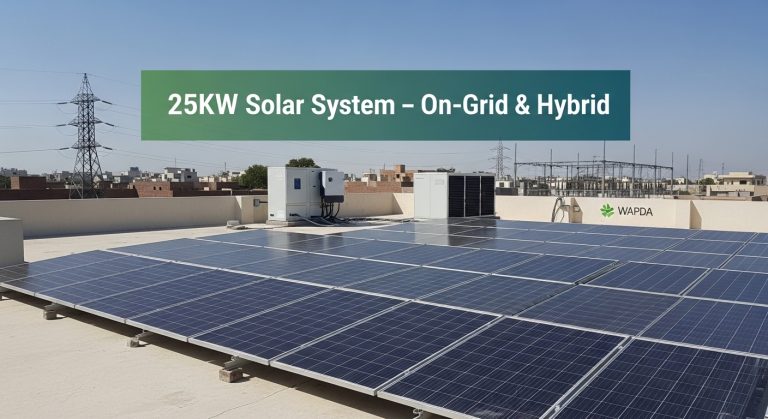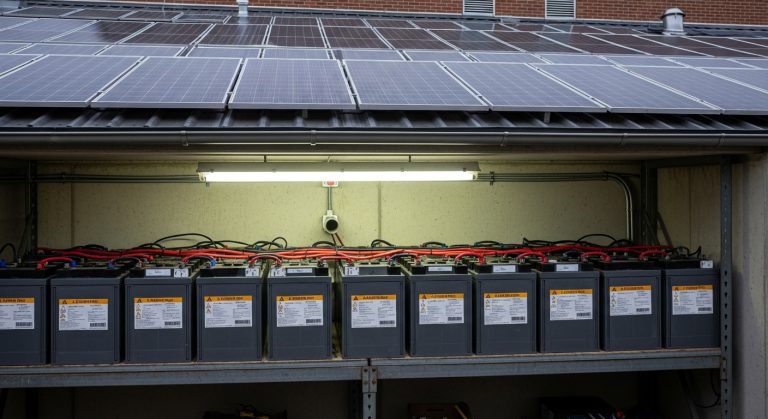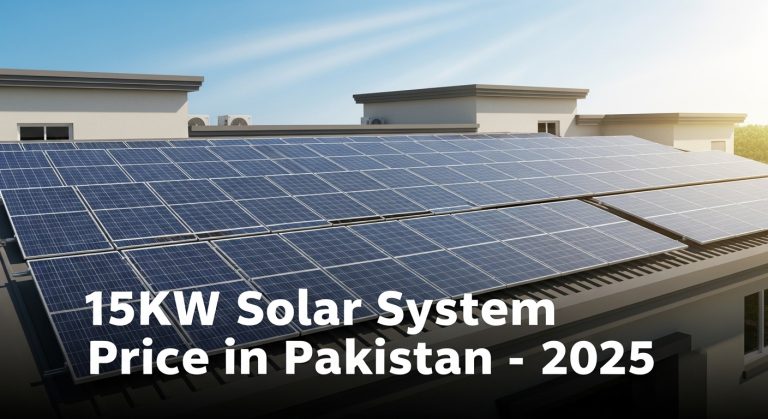Solar Technology Advancements: A Comprehensive Overview
The field of solar technology has seen remarkable advancements in recent years, transforming the way we harness and utilize solar energy. These innovations have made solar power more efficient, cost-effective, and accessible. This article provides a detailed examination of the key technological advancements in solar energy, highlighting the significant improvements in solar panels, inverters, storage solutions, and other related technologies.
Advancements in Solar Panels
Monocrystalline and Polycrystalline Panels
Monocrystalline panels, made from a single continuous crystal structure, have achieved higher efficiency rates due to their uniformity, allowing for better electron flow. These panels can now reach efficiencies of over 22%, making them ideal for space-constrained installations where maximizing power output per square foot is crucial.
Polycrystalline panels, on the other hand, are composed of many smaller silicon crystals. While historically less efficient than monocrystalline panels, advancements in manufacturing techniques have closed the efficiency gap, with some polycrystalline panels now reaching efficiencies of around 20%. Their lower production costs make them a more affordable option without significantly compromising performance.
Bifacial Solar Panels
Bifacial solar panels can capture sunlight from both sides of the panel. This dual-sided design increases the total energy output, especially in environments where light is reflected from the ground or surrounding surfaces. By utilizing reflected light, bifacial panels can achieve up to 30% more energy generation compared to traditional single-sided panels.
Thin-Film Solar Cells
Thin-film solar cells are made by depositing one or more thin layers of photovoltaic material onto a substrate. These cells are flexible, lightweight, and can be integrated into various surfaces, including windows and roofs. While their efficiency is generally lower than traditional silicon-based panels, ongoing research is improving their performance and potential applications.
Innovations in Solar Inverters
Microinverters and Power Optimizers
Microinverters are small inverters attached to individual solar panels, converting DC to AC at the panel level. This configuration allows for better performance in systems where shading or panel mismatches might reduce the overall efficiency of a traditional string inverter setup. By maximizing the output of each panel independently, microinverters can enhance the overall system efficiency.
Power optimizers work in conjunction with string inverters, improving the performance of each panel by optimizing its power output. They mitigate the impact of shading and panel mismatches, similar to microinverters, but typically at a lower cost.
Hybrid Inverters
Hybrid inverters integrate solar power generation with energy storage systems, allowing seamless transition between solar power, battery storage, and grid power. This flexibility ensures a continuous power supply and maximizes the use of generated solar energy, enhancing the efficiency and reliability of solar installations.
Advancements in Solar Storage Solutions
Lithium-Ion Batteries
Lithium-ion batteries have become the standard for solar energy storage due to their high energy density, efficiency, and long cycle life. These batteries are capable of storing large amounts of energy in a relatively compact space, making them ideal for residential and commercial solar installations. Continuous improvements in battery technology are increasing their lifespan and reducing costs, further enhancing the viability of solar energy storage.
Flow Batteries
Flow batteries offer an alternative to lithium-ion technology, particularly for large-scale energy storage. These batteries store energy in liquid electrolytes contained in external tanks, allowing for scalable storage capacity. Flow batteries are known for their long cycle life and ability to provide consistent power output, making them suitable for applications requiring large amounts of stored energy over extended periods.
Emerging Solar Technologies
Perovskite Solar Cells
Perovskite solar cells have garnered significant attention due to their potential for high efficiency and low production costs. These cells use a perovskite-structured compound as the light-harvesting layer, which can be manufactured using simple, low-cost processes. Perovskite solar cells have achieved efficiency rates exceeding 25% in laboratory settings, and ongoing research aims to improve their stability and scalability for commercial use.
Organic Photovoltaics (OPVs)
Organic photovoltaics (OPVs) utilize organic molecules to absorb light and generate electricity. These solar cells are lightweight, flexible, and can be produced using low-cost printing techniques. While their efficiency is currently lower than traditional silicon-based cells, continuous advancements in material science and fabrication methods are closing the gap, making OPVs a promising option for specific applications where flexibility and low weight are crucial.
Solar Paint and Coatings
Solar paint and coatings represent an innovative approach to solar energy generation. By incorporating photovoltaic materials into paint or coating formulations, these solutions can be applied to various surfaces, turning them into solar energy generators. Although still in the experimental stages, solar paint has the potential to revolutionize the way we integrate solar technology into buildings and infrastructure.
Smart Solar Solutions
Solar Tracking Systems
Solar tracking systems enhance the efficiency of solar installations by automatically adjusting the orientation of solar panels to follow the sun’s path throughout the day. By maintaining an optimal angle to capture maximum sunlight, these systems can increase energy generation by 15-30% compared to fixed-tilt systems.
Smart Grids and IoT Integration
The integration of solar power with smart grids and the Internet of Things (IoT) enables real-time monitoring and management of energy generation and consumption. Smart grids can dynamically balance supply and demand, improving the efficiency and reliability of the overall energy system. IoT devices provide valuable data on system performance, enabling predictive maintenance and optimizing energy usage.
Conclusion
The rapid advancements in solar technology are driving the transition to a more sustainable and renewable energy future. Improvements in solar panels, inverters, storage solutions, and emerging technologies are making solar power more efficient, affordable, and accessible. As research and development continue to push the boundaries of what is possible, the potential for solar energy to meet a significant portion of our energy needs is becoming increasingly realistic. Embracing these advancements not only contributes to environmental sustainability but also offers economic benefits through reduced energy costs and enhanced energy security.





